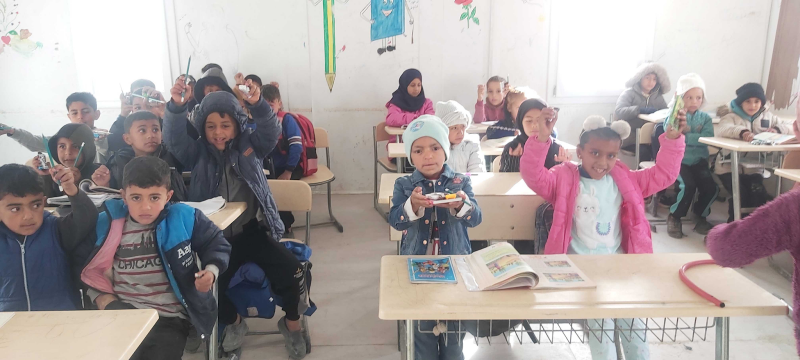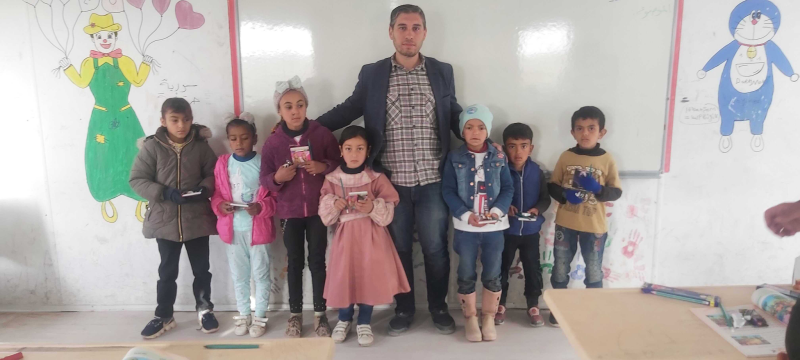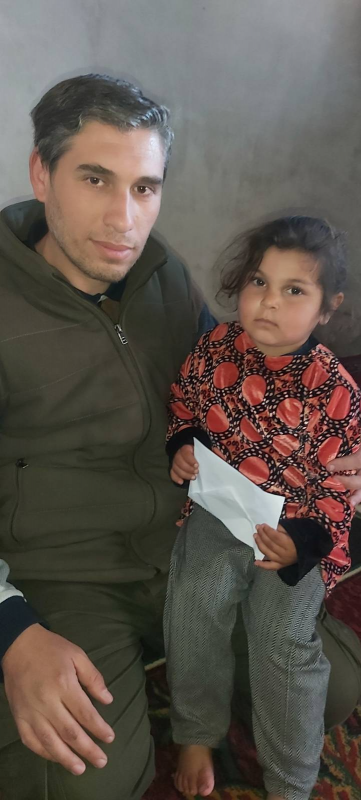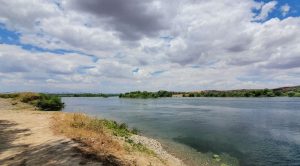
Seeing people affected by political or social persecution, natural disasters or other tragedies is a powerful motivator to act. Sometimes, that action is in the form of a financial donation to a charity or other third party organization – but how do we know who to trust with our money?
A recent paper from give.org shows that an average of 64% of US respondents consider it essential to trust a charity before donating, with younger people wanting assurances about what will be done with the money and visibility into the charity’s recent accomplishments.
Creating transparency around how gifts are spent and the actual impact of donations on their intended recipients is a challenging issue that organizations such as Charity Navigator and Give Well in the US have attempted to explore through research and ratings, and for which Raise the Voices’ partner organization, cooperation.org, is developing innovative approaches at the transaction level, using advanced technologies. Ratings can help, but even if potential donors use them, official charities can’t meet all the need, and sometimes individuals want to take action on their own without the established mechanisms of trust.
Raise the Voices volunteers recently faced this challenge directly when Turkey and Syria were hit by a devastating earthquake. Mohammed Kamal and Sophie Barratt share their experiences.
Mohammed, you’ve done a lot of work on advocacy and transparency for suffering communities. When the earthquake happened and your own community needed help, what was that like?
Mohammed Kamal: In a minute or half a minute, you have to leave everything and save yourself and your family by going out immediately into the street. You will leave your winter clothes and go outside in a storm in your sleepwear. It does not matter; the important thing is that we stay safe for half a minute or a minute more. We saw something indescribable. When this earthquake passes, it invites us all to recalculate. This earthquake calls us all to love, respect, and help each other.
I am one of the people affected by the earthquake. My house suffered great damage and it needs to be repaired. And the children were traumatized.
What options did you see to provide help?
MK: There were few options because of the situation on the Syrian-Turkish border, where some organizations are working to help the displaced from other regions. All those in northern Syria are fleeing from the missiles of the Syrian regime and its chemical weapons.
I began searching for the best ways to collect donations to help those affected by the earthquake, especially children. I tried to communicate directly with humanitarian organizations to help those affected, but there was no answer from them. So I decided to ask for direct donations as the best and simplest way to do humanitarian work without intermediaries.
I had previous experiences with the Raise the Voices organization. They established a link to collect donations for those affected by the earthquake.
Sophie, you donated to this effort. Why, and what gave you the confidence to do so without there being a recognized charity acting as intermediary?
Sophie Barratt: I wanted to do something, however small, to help. I think a lot of people react to images of natural disasters and other suffering with an impulse to give if we’re able to – it’s an emotional reaction. Usually I would give to a well-known organization, because even if you know that 100% of your donation to a global charity won’t go directly to recipients, you have confidence that on the whole they’re doing good work. There are so many stories of scams that I generally don’t do things like GoFundMe requests if I don’t know the requestor or recipient personally.
In this case, even though the financial part was run by individuals and there was no official charity involved, I trusted the intentions of the organization, and could see the ‘chain of custody’ of the funds. I did have to rely on individuals vouching for the trustworthiness of others, so it was still a bit of a leap of faith.
Mohammed, how did you decide how to deploy the funds?
MK: It is important to understand that all those in the area are affected by the earthquake and they are already displaced from areas of bombing, killing and destruction. I tried to direct donations to those who needed more: sick people, families with young children, elderly people, and those sleeping on the streets without shelter. And I wanted to insert some happiness in a moment of heartbreak. We distributed money for earthquake victims’ families and we made kids happy by delivering them biscuits, candy and pencils.
In total, we gave $25 each to women from 8 families and reached 240 children with gifts and biscuits.

Sophie, how did you feel when you saw the pictures of the fund recipients?
SB: It’s very powerful to see the faces of those you’re helping – not just the recipients but of Mohammed too and the generous work he is doing. You want to know that the people doing the work are real, and the people receiving the help are real.
Mohammed, it sounds like the direct giving approach can be powerful.
MK: Direct giving empowers people to rebuild their own lives. These funds will be given directly to families who were already refugees and whose homes were destroyed by the earthquake. They will be distributed through a trusted contact on the ground who was himself impacted, enabling quake victims who were already refugees to eat, rebuild their homes, and have electricity and connect to Internet lifeline.

But you need to somehow prove that back to the donors.
MK: Yes. In this case I chose to do that through sharing pictures. It’s simple and low-tech but as Sophie said, showing the human impact has power. I also used this situation as a test case for the new attestation model being developed by LinkedTrust, which allows verification of claims.
Transparency means being open and honest about what you’re doing and if you’re a non-profit, sharing your finances, policies, staff, board members, impact, and more. It’s a willingness to share information to help donors make an informed decision about giving.
How do you recommend that be done?
MK: There are several strategies you can use.
Tell a compelling story: People are often inspired to donate when they hear a powerful story. Share stories of people or animals that have been helped by your cause or how the funds will be used to make a difference.
Show impact: Share concrete data and statistics that demonstrate the impact of your organization. When people see the real difference their donation can make, they are more likely to give.
Make it easy to donate: Ensure that the donation process is simple and user-friendly. Offer various payment options and make it easy for donors to make recurring donations.
Use social media: Social media is an effective way to reach a wider audience and inspire donations. Use social media platforms to share your story, highlight your impact, and encourage people to donate.
Offer incentives: Consider offering incentives such as branded merchandise or special access to events or content in exchange for donations.
Partner with influencers: Partner with influencers in your industry or community to help spread the word about your cause and inspire donations.
Say thank you: Showing appreciation and gratitude for donations can go a long way in inspiring additional donations. Be sure to thank donors promptly and let them know how their contributions have made a difference.
Sophie, do these suggestions resonate?
SB: Yes. I echo the points about telling stories and showing the impact. As I mentioned, seeing the actual people (or animals) affected works well, and statistics are important. But I want to know more than what percentage of my donation went to the cause – I want to know exactly what was done. Show me the supplies that were purchased, or the building that was built; let me hear from the community how their lives were impacted. And if you want me to be a recurring donor or to advocate for your cause or organization, show those things to me on an ongoing basis so they aren’t ‘one and done’.
Is there a role for technology here?
SB: Absolutely. I’ve seen some organizations make effective use of technology with real time dashboards and the ability to drill down into specific programs or projects. And I know that many groups including cooperation.org and linkedtrust.us are doing interesting work to capture claims (such as, “I gave this money to this person”) and use a combination of advanced technology and human input to verify them. Mohammed mentioned earlier that he is participating in this. But even the simple smartphone camera can be powerful, as Mohammed’s pictures show.
What can people do if they still want to support the Turkish and Syrian communities who were impacted by the earthquake?
MK: Communicate directly with the Raise Voices organization, and make donations directly via the link below, as many people still need your help.
Click here to donate via Raise the Voices’ Open Collective.
Explore an approach to transparent collaboration and traceability at cooperation.org and linkedtrust.us.





Be First to Comment